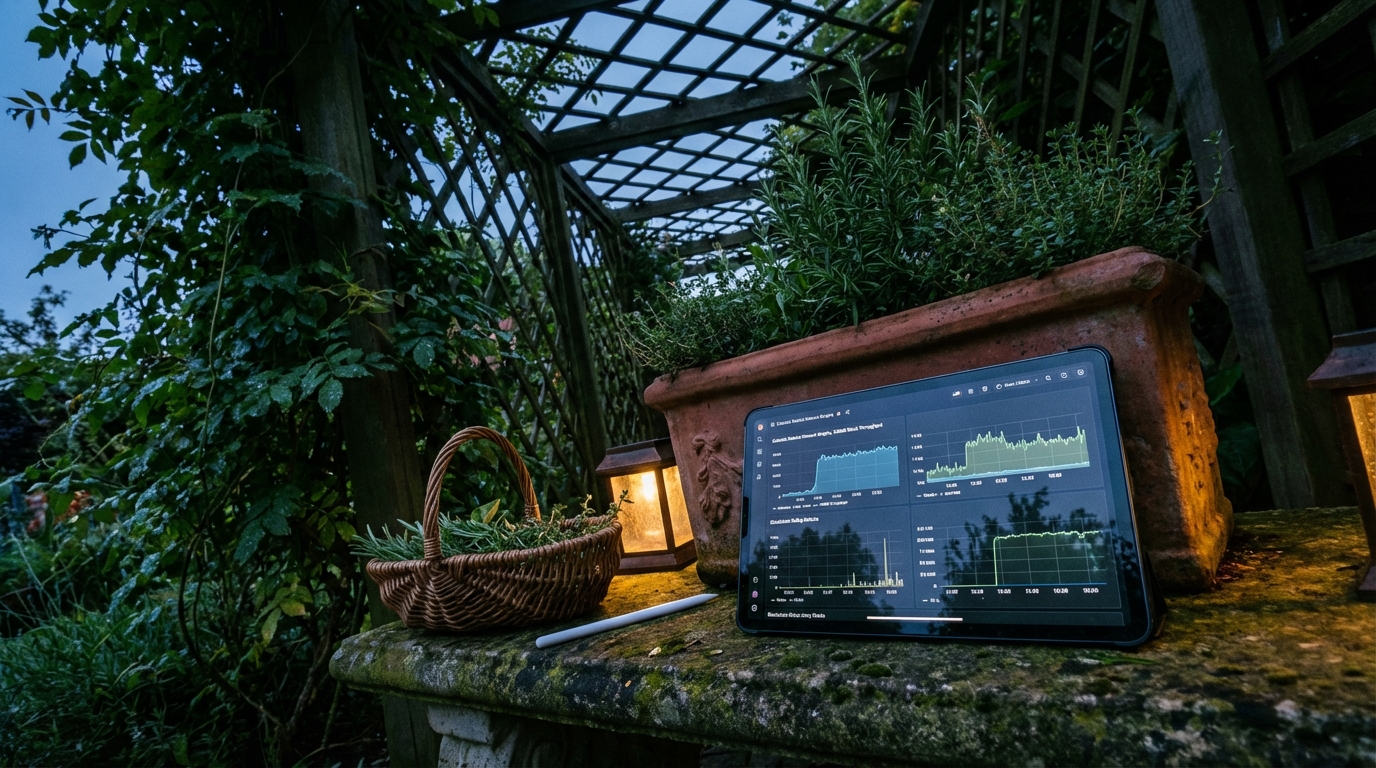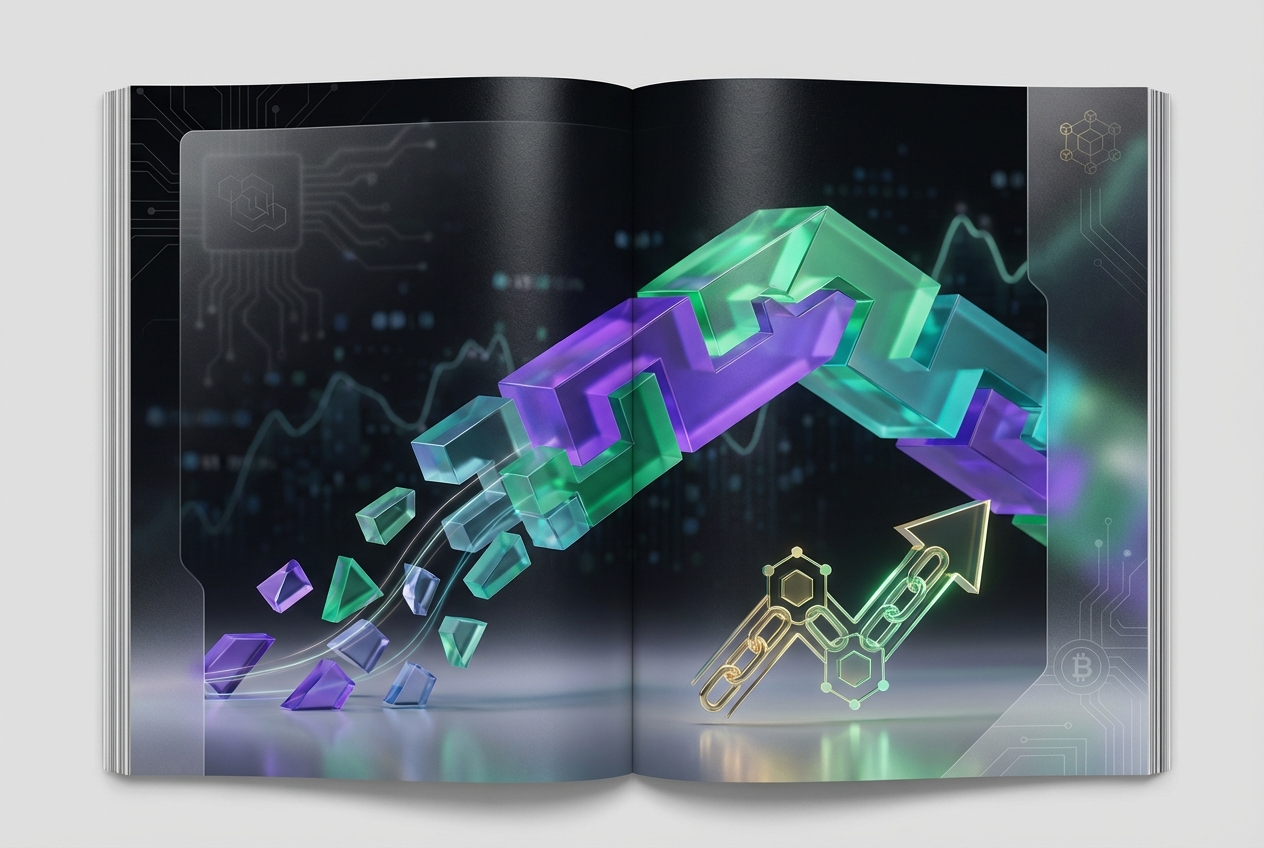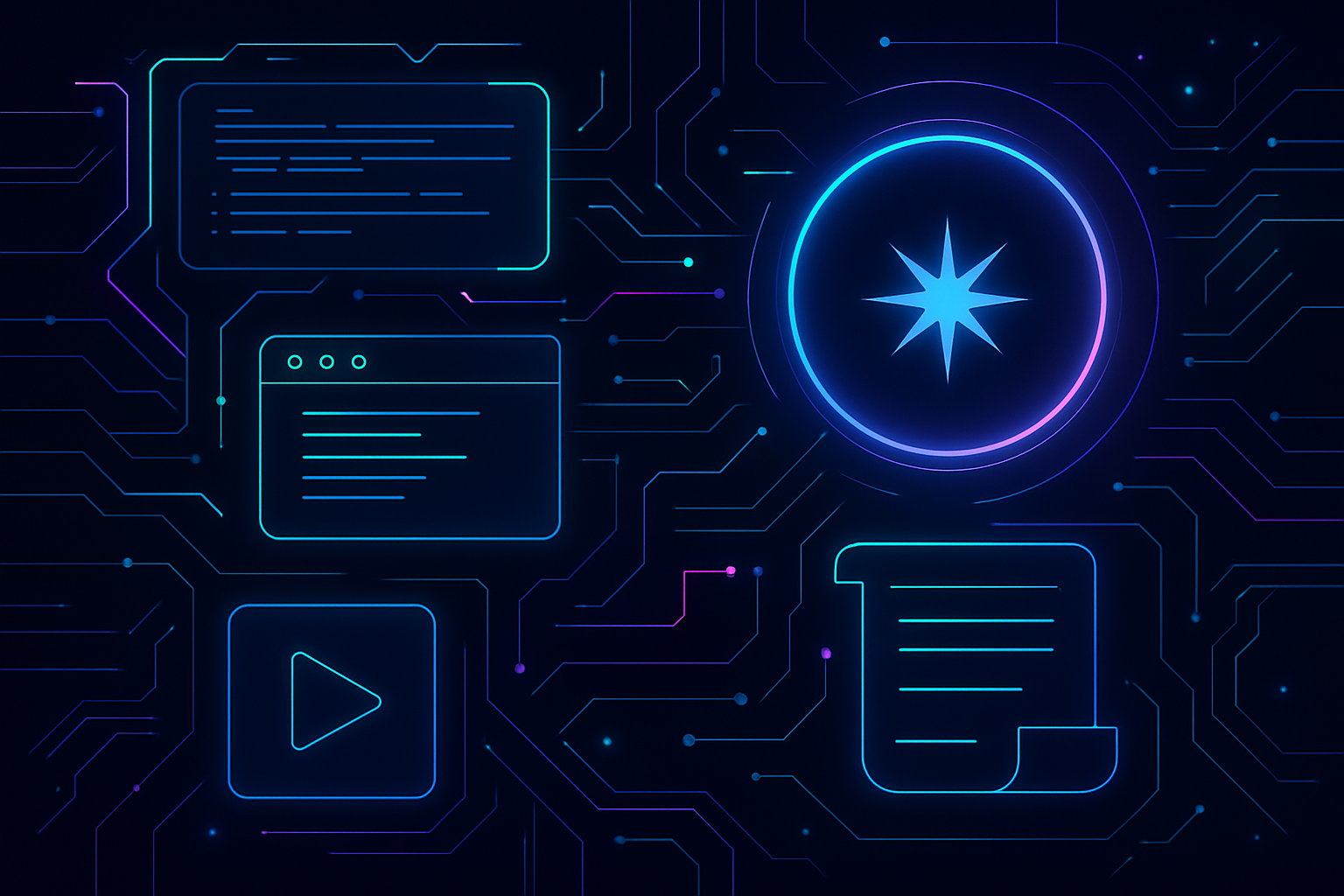
Deploying a custom rollup on Celestia in late 2025 is no longer the domain of protocol engineers alone. With modular blockchain frameworks and Rollup-as-a-Service (RaaS) providers maturing, developers can now launch scalable, application-specific chains with unprecedented speed and flexibility. If your goal is to deploy a custom rollup on Celestia, this step-by-step guide will walk you through the latest best practices, frameworks, and infrastructure options.

Why Choose Celestia for Your Custom Rollup?
Celestia’s modular architecture separates consensus from execution, allowing builders to focus on their application logic while leveraging a robust, secure data availability (DA) layer. This design not only boosts scalability but also unlocks rapid experimentation with new virtual machines and execution environments. The ecosystem now supports multiple frameworks, Rollkit, OP Stack, Arbitrum Orbit, Sovereign SDK, each with unique tradeoffs around interoperability and customization.
The practical upshot? You can launch your own sovereign or settlement-integrated rollup in record time while benefiting from Celestia’s decentralized DA guarantees. For a comprehensive list of supported stacks and up-to-date docs, check out Celestia’s developer portal.
Step 1: Select Your Rollup Framework
The first critical decision is selecting the right framework for your use case:
- Rollkit: A modular toolkit purpose-built for deploying rollups across the modular stack. Its plug-and-play approach makes it ideal for rapid prototyping and production deployments alike. Learn more about Rollkit.
- OP Stack: The open-source backbone behind Optimism L2s; perfect for EVM compatibility and community-driven upgrades.
- Arbitrum Orbit: Enables permissionless custom chain deployment with strong focus on interoperability.
- Sovereign SDK: For those building highly customized or non-EVM rollups.
Your choice here dictates the programming language (Go, Rust, Solidity), compatibility layers (EVM vs non-EVM), and available tooling down the line.
Step 2: Prepare Your Development Environment
Before writing a single line of code, make sure your environment is ready:
You’ll typically need:
- Ignite CLI: For blockchain scaffolding and local testnets.
- Go (latest version): Required by frameworks like Rollkit.
- Node. js and npm: Essential for dApp frontend integration or when using JS-based tooling.
If you’re aiming to move fast, or want enterprise-grade uptime from day one, consider leveraging RaaS platforms such as Astria, Caldera, or Gelato. They abstract away much of the operational complexity by providing managed sequencer networks and pre-configured DA integrations. Read more about Astria’s shared sequencer solution at Astria’s official blog post.
Step 3: Configure Data Availability Layer with Celestia Nodes
This is where Celestia’s core value proposition shines. Every rollup deployed in this ecosystem posts its block data to the Celestia DA layer, guaranteeing censorship resistance and verifiability without having to bootstrap your own validator set.
The process typically involves:
- Running a light node: Sync your node with the mainnet or relevant testnet.
- Configuring your framework: Point Rollkit or your chosen stack at your running light node so it can submit block data directly to Celestia’s DA layer.
- Troubleshooting tip: Use logs/metrics from both sides (your framework and node) to confirm successful block submissions before moving forward to live deployments.
Once your rollup is successfully connected to Celestia’s DA layer, you’re ready to test, deploy, and iterate. This phase is where modularity pays off: you can quickly validate assumptions, catch errors in a sandboxed environment, and fine-tune your deployment parameters before going public.
Step 4: Test Locally and Deploy to Testnet/Mainnet
Effective testing is non-negotiable. RaaS providers like Caldera and Gelato offer sandboxed devnets, letting you simulate real-world network conditions without risking mainnet capital. For those running their own stacks, local clusters can be spun up with Ignite CLI or Docker Compose scripts provided by most frameworks.
Essential Rollup Testing Tasks Before Mainnet Launch
-
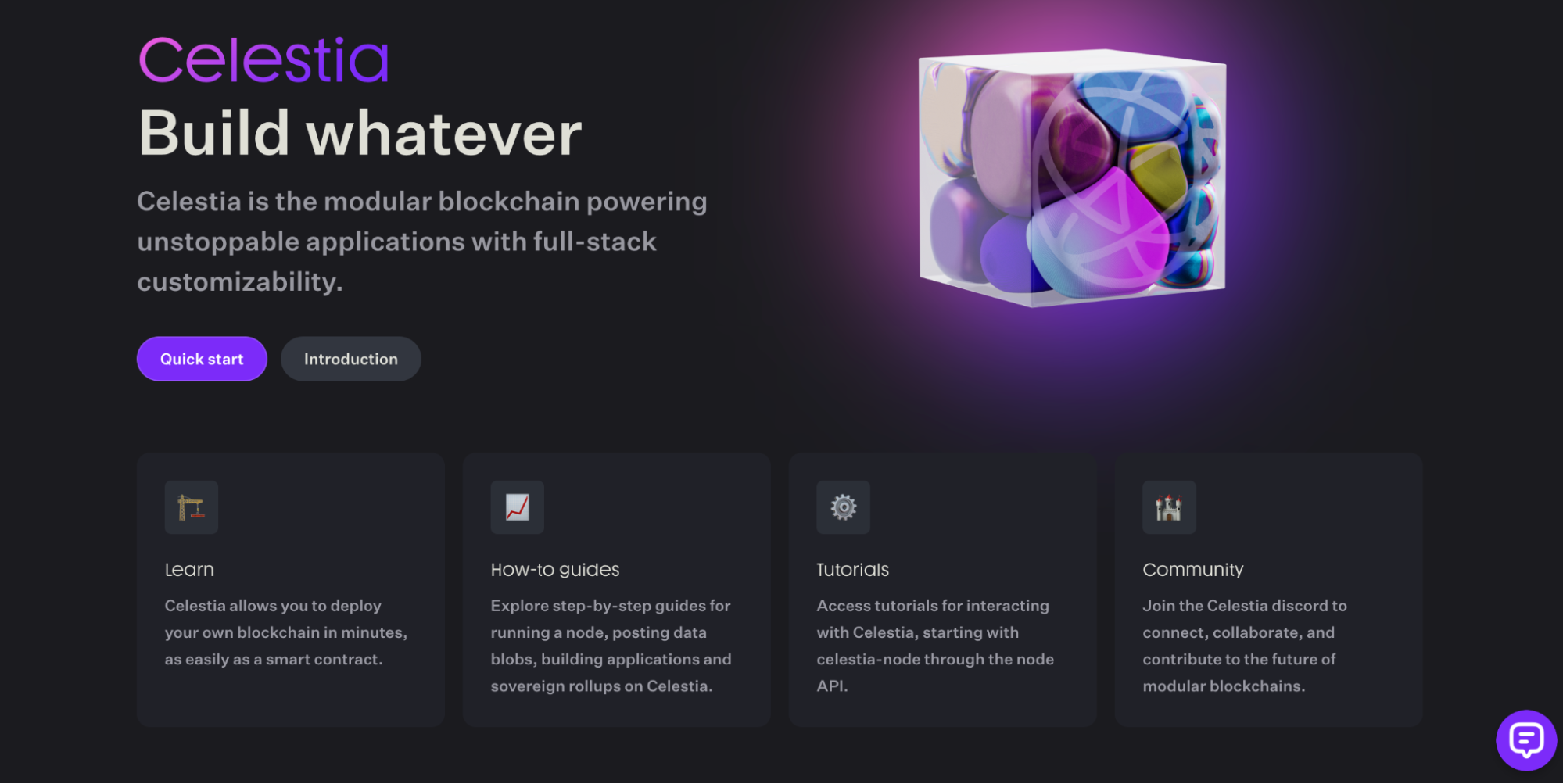
Run End-to-End Integration Tests: Validate your rollup’s full transaction lifecycle, from data submission on Celestia’s DA layer to state transitions and block production, using real testnet environments.
-
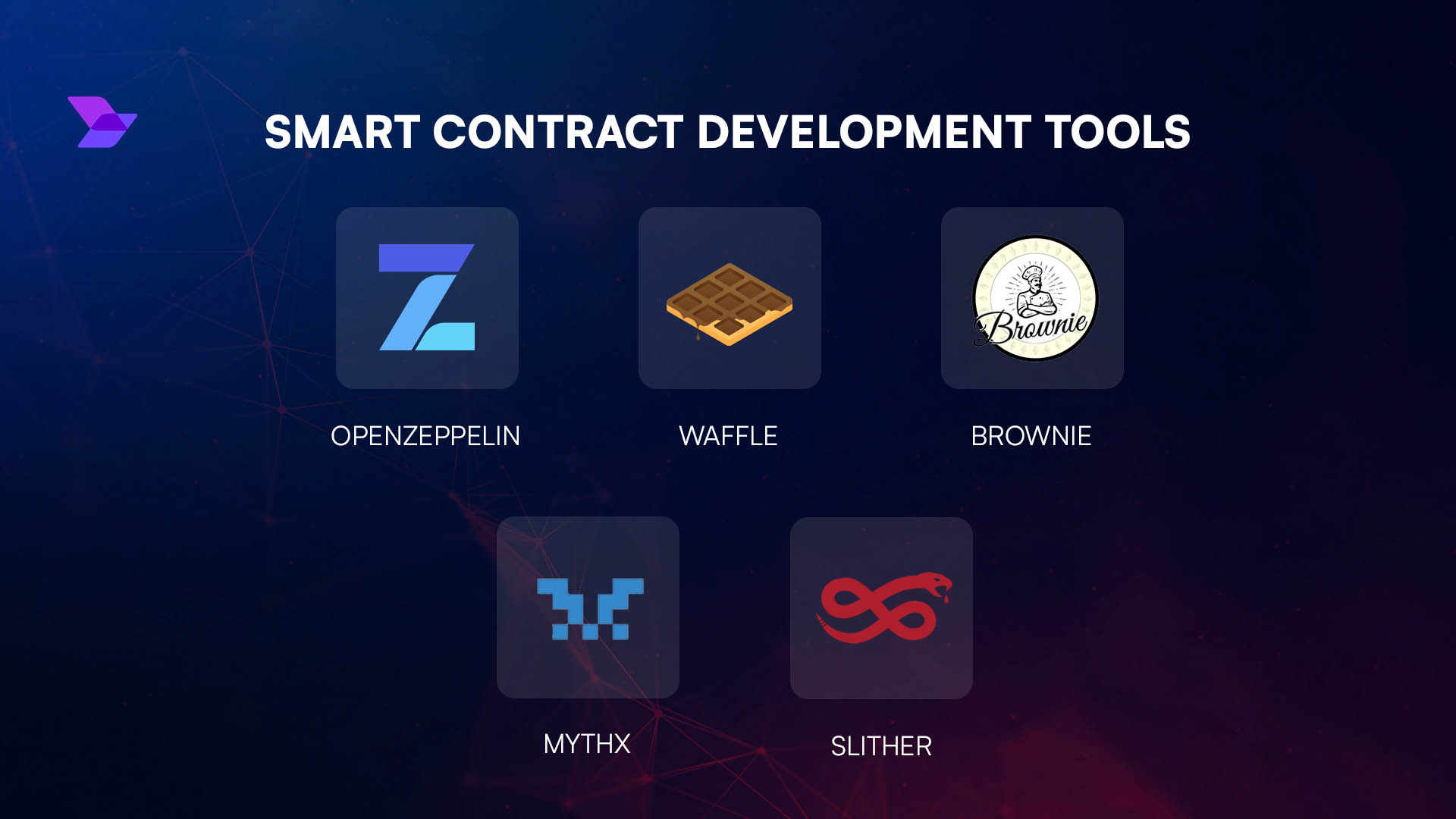
Simulate Network Conditions: Use tools like Ganache or Hardhat Network to emulate varying latency, throughput, and node failures, ensuring your rollup remains resilient under stress.
-
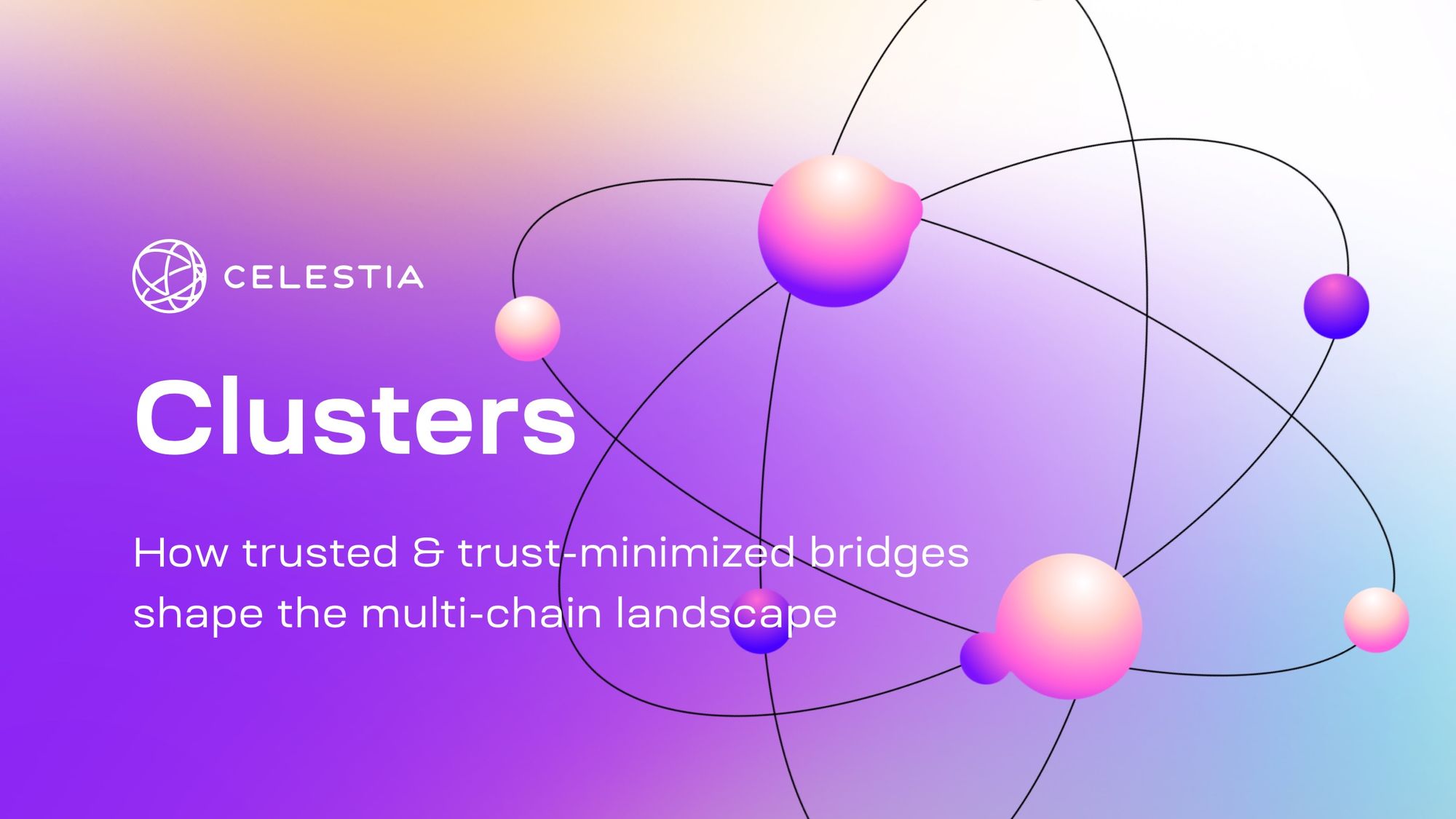
Test Cross-Chain Interactions: Verify any bridges or interoperability modules (e.g., IBC, Wormhole) work seamlessly with Celestia’s modular stack, preventing asset loss or data inconsistencies.
-
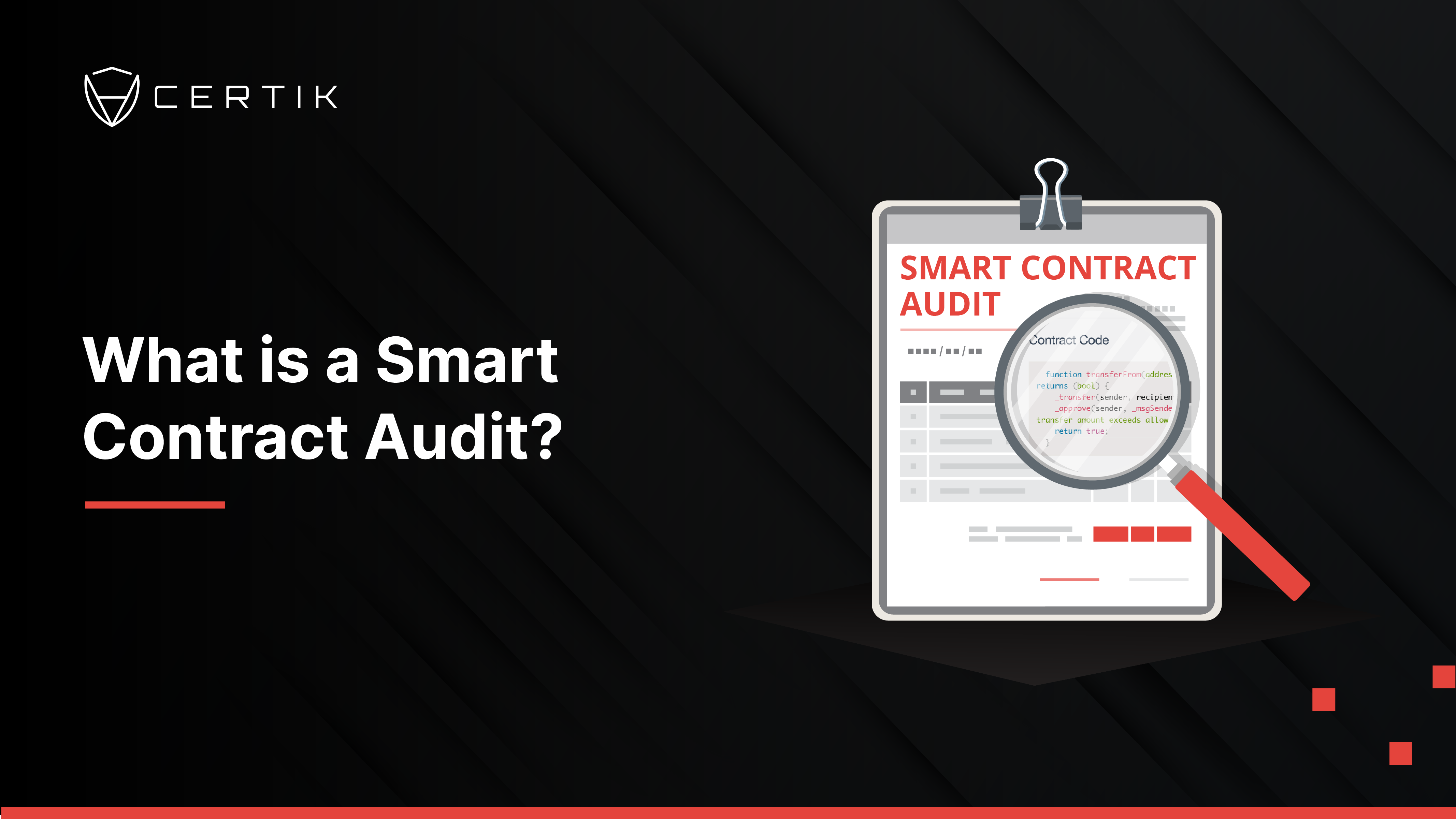
Audit Smart Contracts and Sequencer Logic: Employ established security firms (e.g., OpenZeppelin, Trail of Bits) to review your rollup’s contracts and sequencer code for vulnerabilities.
-
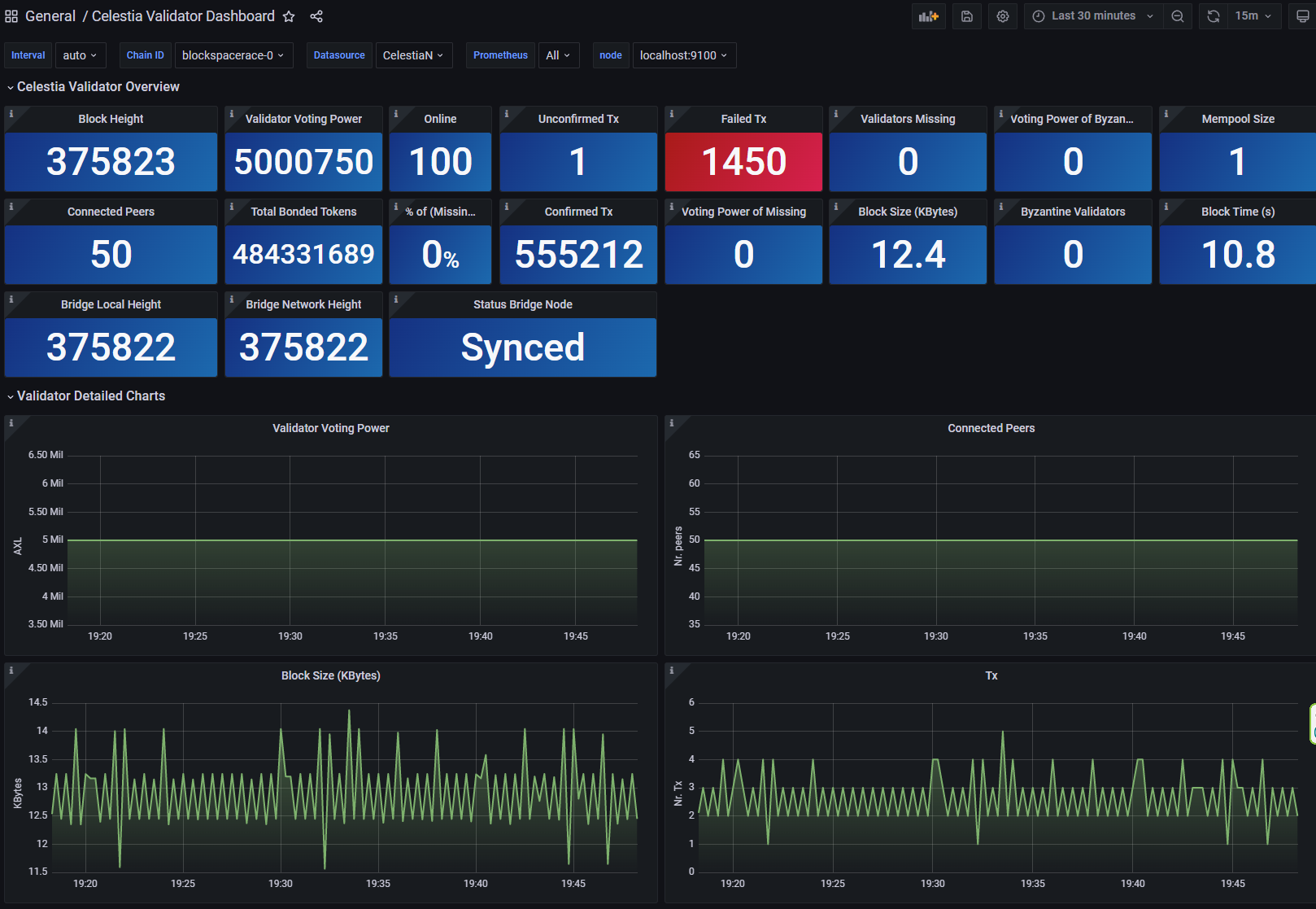
Monitor Data Availability and Node Performance: Set up monitoring with platforms like Grafana or Prometheus to track data posting, node uptime, and network health in real time.
-
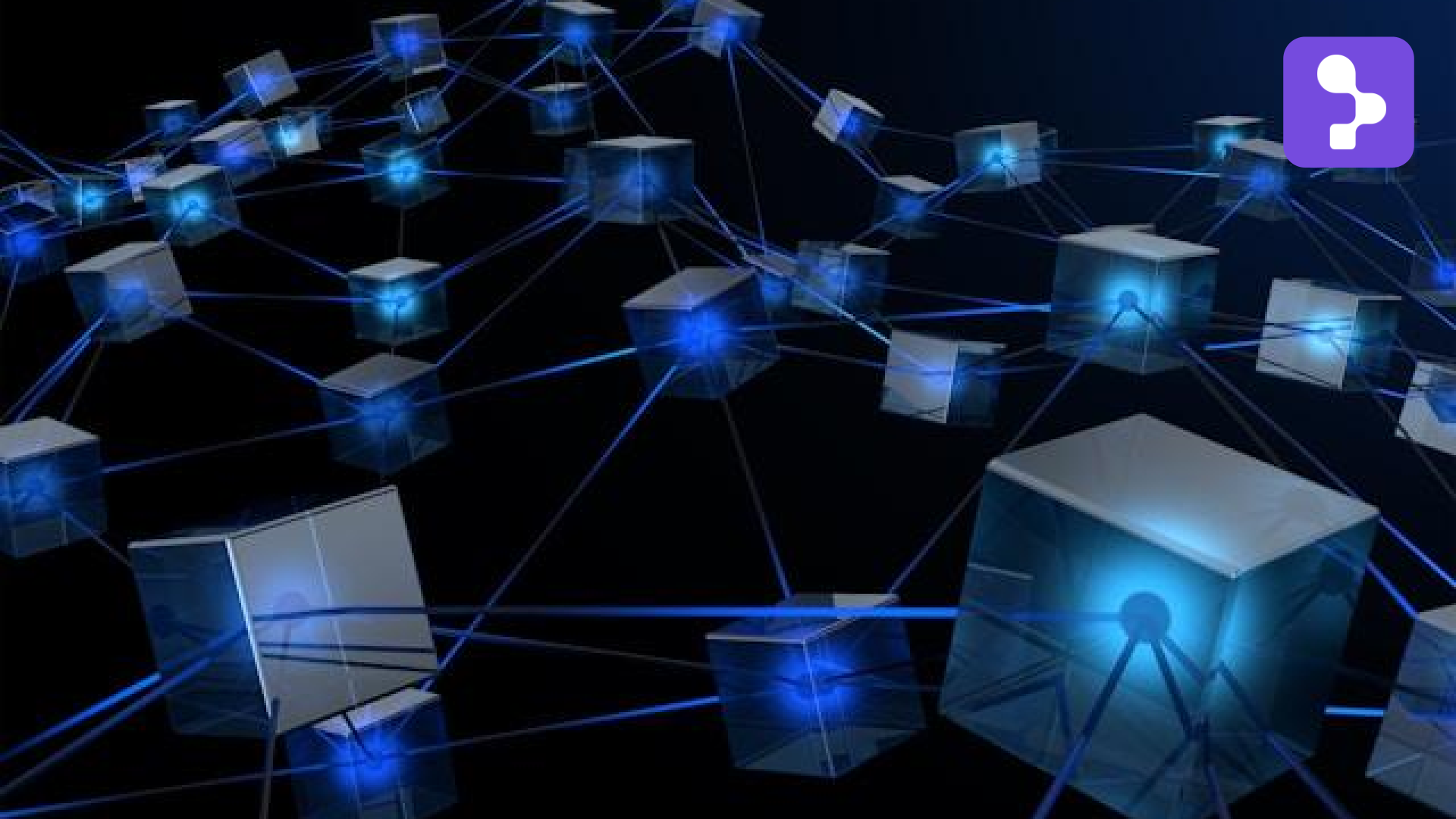
Conduct User Acceptance Testing (UAT): Invite external testers to interact with your rollup via wallets or dApps, collecting feedback on UX, transaction finality, and error handling.
-
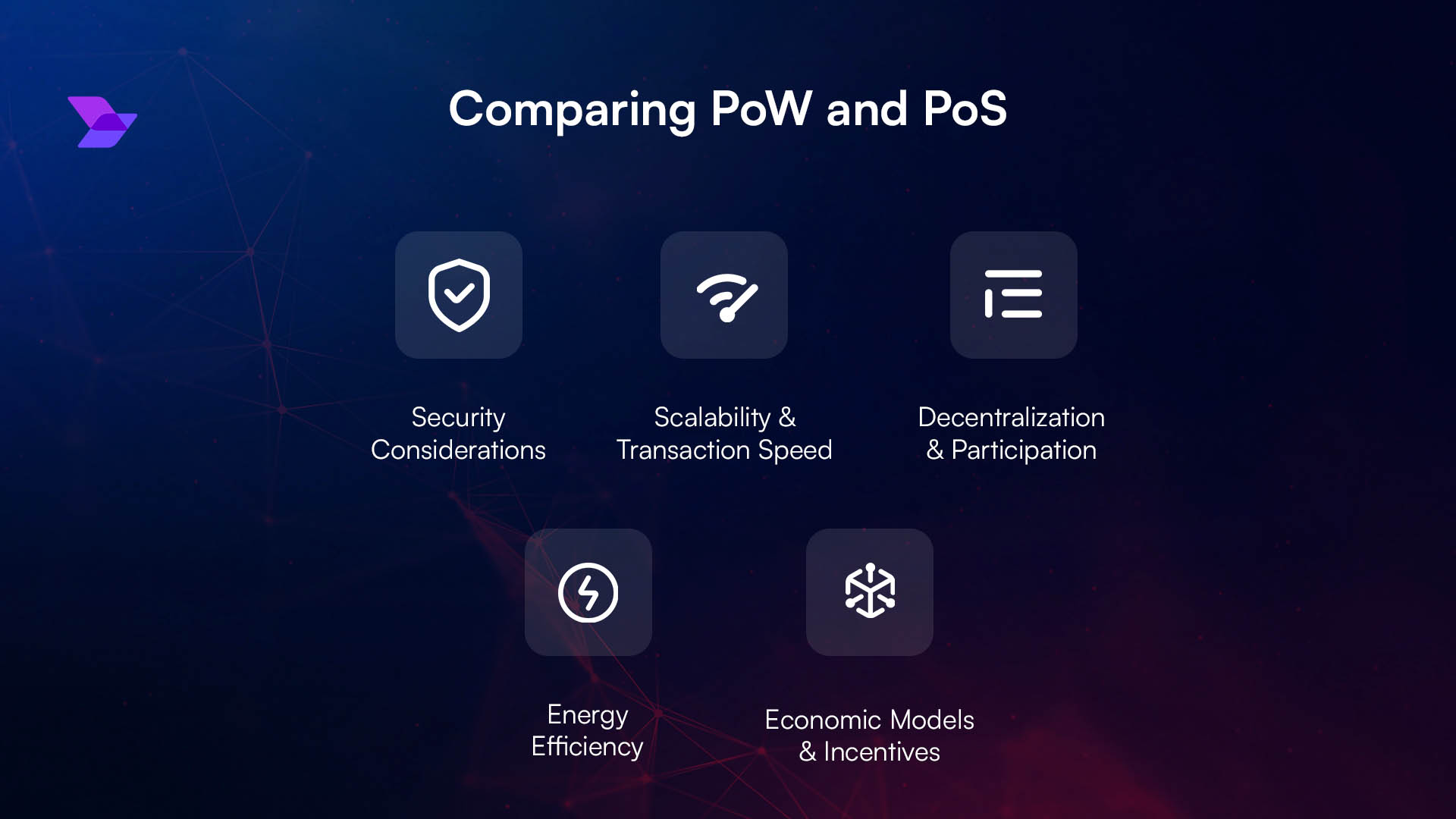
Test Upgrade and Recovery Procedures: Simulate protocol upgrades and disaster recovery scenarios to ensure your rollup can handle future changes and unexpected failures without data loss.
After passing all tests:
- Deploy to Celestia testnet: Validate performance at scale with live data availability guarantees.
- Monitor for anomalies: Use logs, metrics dashboards, and alerting tools to track block production, DA submissions, and network health.
- Iterate rapidly: Modular rollups are designed for fast upgrades, adjust parameters or swap out execution environments as needed.
Step 5: Monitor, Maintain and Optimize
Your job doesn’t end at launch. Ongoing monitoring ensures uptime and security as usage grows. Set up health checks on your sequencer(s), observe DA submission latency, and keep an eye on Celestia node sync status. Most frameworks integrate with Prometheus/Grafana for easy visualization of critical metrics.
Key maintenance tasks include:
- Patching dependencies as new releases drop from Rollkit/OP Stack/Sovereign SDK.
- Upgrading your node software in lockstep with Celestia network upgrades.
- Participating in community bug bounties or upgrade proposals to stay ahead of threats.
If you want resilient infrastructure that scales with demand, don’t sleep on continuous integration and automated testing pipelines. The modular stack rewards teams who ship fast but monitor faster.
Advanced Customization: Going Beyond the Basics
The beauty of deploying a custom rollup on Celestia lies in its extensibility. Want permissionless interoperability? Integrate IBC modules or bridge contracts from Arbitrum Orbit. Need unique execution logic? Fork Rollkit’s state machine or build your own VM using the Sovereign SDK’s primitives. For deep dives into advanced topics, like relayer setup or custom sequencer logic, refer to the Rollkit tutorial for Celestia DA integration.
Resources and Next Steps
The modular blockchain landscape is evolving at breakneck speed. To stay ahead:
- Bookmark the Celestia developer portal for framework updates and new guides.
- Dive into framework-specific docs (Rollkit, OP Stack) for hands-on tutorials.
- Join developer forums and hackathons, community knowledge compounds fast in this space.
If you’re serious about launching scalable Web3 applications, or even entire ecosystems, the time to experiment with modular rollups is now. With frameworks maturing and RaaS platforms lowering barriers to entry, deploying a custom rollup on Celestia has never been more accessible or more powerful.








